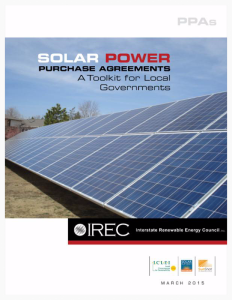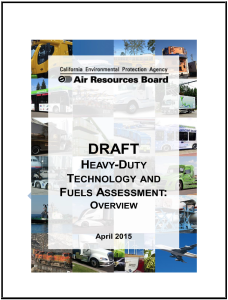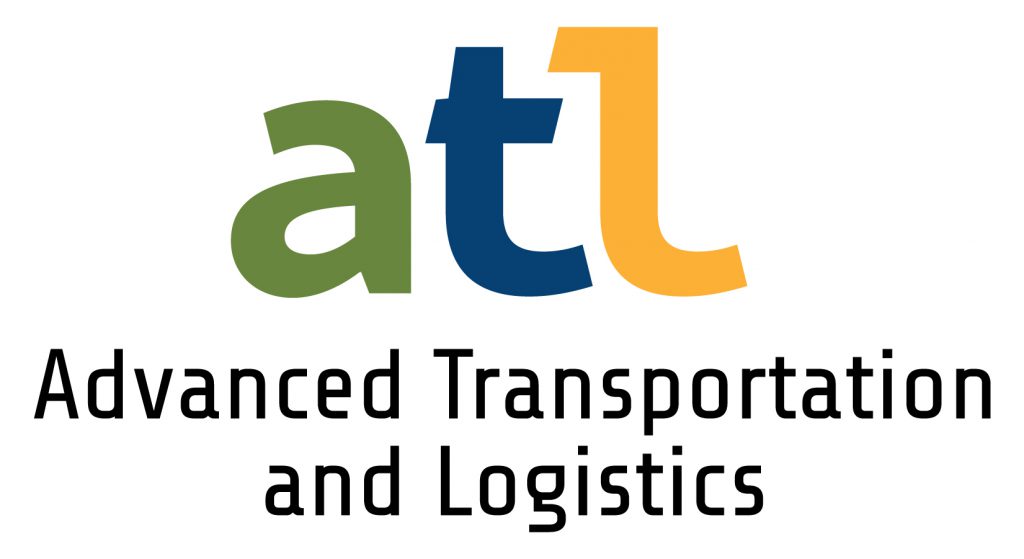A Comprehensive Resource to Help Streamline Solar Power Purchase Agreements and Reduce Solar Costs
from irecusa.org
In an effort to reduce solar soft costs and assist local governments and other public entities seeking to install and finance rooftop solar systems, the Interstate Renewable Energy Council (IREC) has developed a comprehensive toolkit on retail solar power purchase agreements (PPAs).
Under the PPA model, a third party owns a solar energy system located on the property of a host customer, such as a local government, and sells the electricity produced by the facility to the customer under a contract designed to provide long-term electricity cost savings.
For public entities, the PPA model delivers long-term energy cost savings without requiring large up-front capital expenditures. It also allows them to indirectly benefit from tax incentives that cannot be accessed by tax-exempt entities.
IREC’s new PPA toolkit is designed to help overcome the common challenges and costs associated with PPAs by providing a full suite of resources in a highly user-friendly format. With the addition of a free webinar and forthcoming toolkit workshops, IREC will supplement the toolkit with hands-on training to empower municipal entities that seek to utilize solar PPAs. The end goal, in line with the DOE SunShot Initiative goals, is to simplify, streamline and reduce costs for solar.
“The PPA trend has definitely been a little rocky in some instances,” says Justin Barnes, co-author of the toolkit. “Procuring solar under a PPA can be a complicated and time-consuming process. There are a lot things to consider and decisions to make, from how to design an RFP to select the most suitable provider, to establishing the terms of the contractual documents in a manner that allocates rights and risks in a mutually acceptable way. The details are often heavily negotiated, so a PPA deal in one jurisdiction can differ significantly from one in a neighboring locality.”
Prolonged PPA negotiations with significant transaction costs can ultimately deplete the value of the project for all participants, explains Barnes. This can be particularly troublesome for projects that are relatively small or that are financially compelling only if transaction costs can be minimized. Many early adopters encountered PPA challenges that resulted in delayed or even canceled projects.
“These past experiences provide valuable insights that can help other public entities avoid common pitfalls,” adds co-author Kathleen Kapla, “and can help them navigate the many contractual issues present in these legal arrangements.”
“The toolkit is intended to provide local governments with the information they need to accomplish their solar procurement goals in a manner that suits their unique needs, and reduces the prospects for unpleasant surprises,” says IREC Regulatory Director Sara Baldwin Auck. Towards this end, the Toolkit includes:
- Background information on the PPA model and the associated contractual elements;
- Annotated model PPA and site right agreement documents, supplemented with numerous examples of how different provisions were addressed by individual local jurisdictions, and possible alternative language;
- “Clean” templates that may be customized for local use (for informational purposes, with each user expected to seek independent legal and tax counsel);
- General guidance on procurement design and implementation, also supplemented with numerous local examples;
- Short case studies of individual projects surveyed and links to project documents;
- Summaries of existing resources, such as previously published reports and fact sheets, other model PPAs, and prior webinars.
Free Solar PPA Toolkit Webinar
April 23, 2015, 2:00 pm – 3:00 pm EDT
Kapla is Of Counsel with Keyes, Fox & Wiedman, which represents IREC in regulatory matters. She specializes in real property and related business matters for renewable energy projects. Barnes is a policy research manager for EQ Research, and has worked closely with KF&W on this and other projects. His work focuses on solar and energy storage policy issues, including net metering, third-party ownership and rate design.
The Solar Power Purchase Agreement Toolkit is a project of IREC, as part of the Solar Outreach Partnership, in coordination with ICLEI-Local Governments for Sustainability USA and with support from the U.S. Department of Energy (DOE) SunShot Initiative. The Solar Outreach Partnership (SolarOPs) is designed to help accelerate solar energy adoption on the local level by providing timely and actionable information to local governments. SolarOPs achieves its goals through a mix of educational workshops, peer-to-peer sharing opportunities, research-based reports, and online resources.
Download the Toolkit










